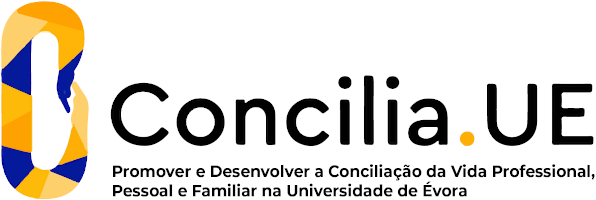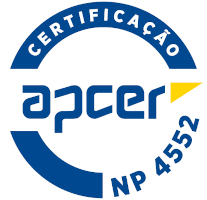2025
Economic Geography
Name: Economic Geography
Code: ECN02289L
6 ECTS
Duration: 15 weeks/156 hours
Scientific Area:
Geography
Teaching languages: Portuguese
Languages of tutoring support: Portuguese, English, French, Spanish
Regime de Frequência: Presencial
Sustainable Development Goals
Learning Goals
Introduction to the main concepts of Economics. Spatialized treatment of Economics. Introduction to the World Economy in the perspective of Economic Geography
Understanding the meaning of spatial relations on different scales.
Understanding and explaining the diversity and interdependence of regions, places and locations.
Ability to apply knowledge, to understand the multidisciplinary diversity of approaches and apply them in geographical contexts.
To be able to gather, compare, analyze and present geographical information.
Communicate ideas, principles and theories in an efficient and fluent manner through written, oral and image communication
Understanding the meaning of spatial relations on different scales.
Understanding and explaining the diversity and interdependence of regions, places and locations.
Ability to apply knowledge, to understand the multidisciplinary diversity of approaches and apply them in geographical contexts.
To be able to gather, compare, analyze and present geographical information.
Communicate ideas, principles and theories in an efficient and fluent manner through written, oral and image communication
Contents
1. Characterization and conceptual framework
2. The organization of space
3. Current Dynamics of the World Economy
4. The role of institutions in the globalization
5. Development and Underdevelopment
2. The organization of space
3. Current Dynamics of the World Economy
4. The role of institutions in the globalization
5. Development and Underdevelopment
Teaching Methods
The teaching methods consist on the presentation of the several items of the program (supported by the readings) and deepened through the oral presentation and the discussion of group essays on more specific subjects (supported by specific readings and selected texts concerning each of the selected subjects). These methods may vary depending on the number of students enrolled in the course.
written exam, which is worth 100% of the final grade.
written exam, which is worth 100% of the final grade.
Assessment
In general, the assessment should be carried out as follows:
Continuous Assessment: one written test ? 50% of the final grade. Presentation in (or other work to be specified depending on the circumstances) ? 50% of the final grade
2. Assessment by exam: Written test (100% of the final grade)
Continuous Assessment: one written test ? 50% of the final grade. Presentation in (or other work to be specified depending on the circumstances) ? 50% of the final grade
2. Assessment by exam: Written test (100% of the final grade)
Teaching Staff
- Manuel Couret Pereira Branco [responsible]





















